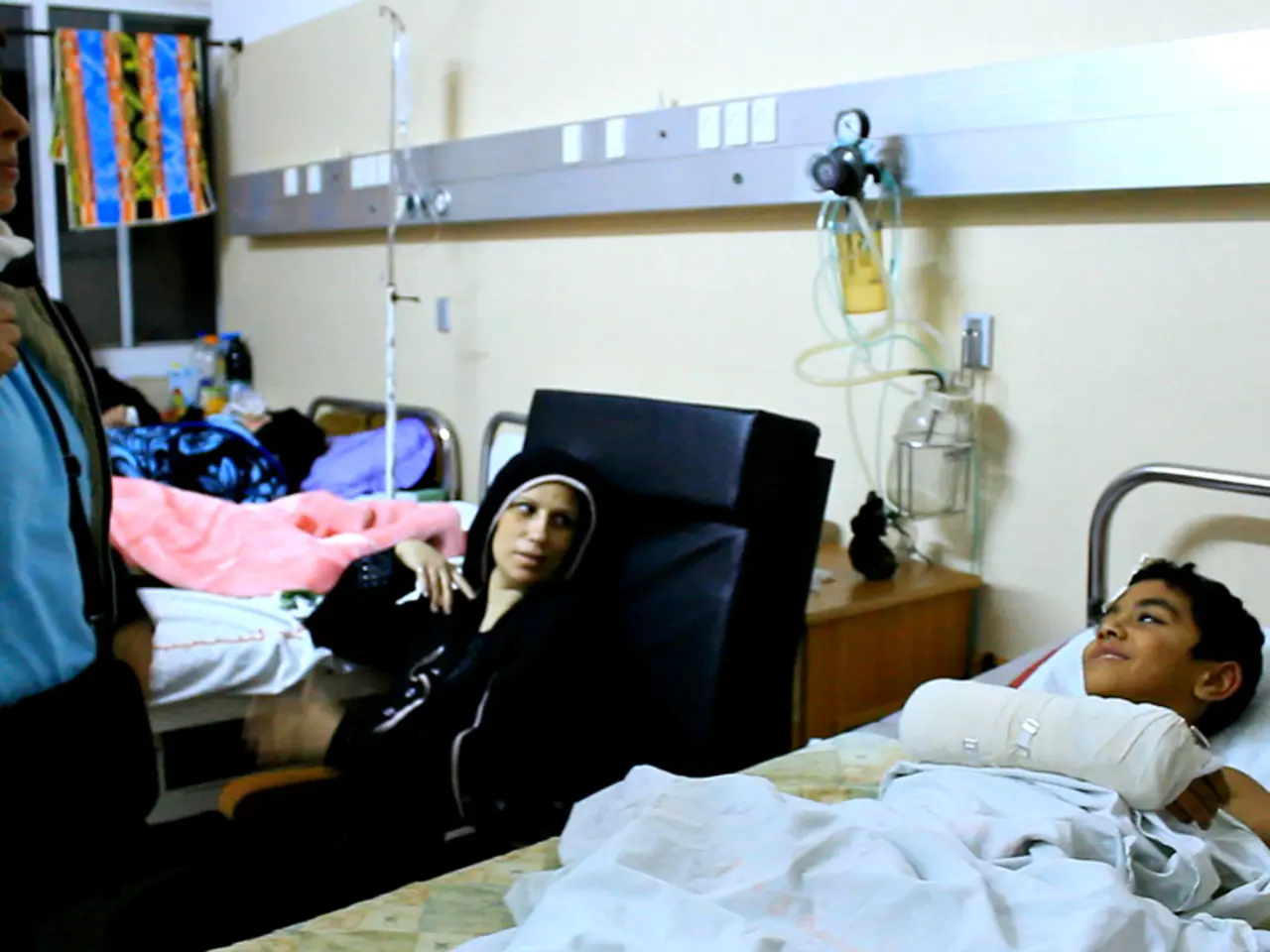Bone Marrow Biopsy for Detecting AML: A Comprehensive Overview
Acute Myeloid Leukemia (AML) is a rare type of blood cancer that primarily affects bone marrow and white blood cells. The disease is classified into several subtypes, primarily based on genetic abnormalities, morphology, and clinical features. These subtypes significantly influence treatment choices and prognosis.
Classification of AML Subtypes
According to the World Health Organization (WHO) classification, AML subtypes include:
- AML with recurrent genetic abnormalities: These subtypes are defined by specific chromosomal translocations or gene mutations, such as t(8;21), inv(16), and mutations in NPM1 or FLT3. These genetic markers guide targeted therapies and risk stratification for treatment.
Other recognized subtypes include AML with myelodysplasia-related changes, therapy-related AML, and AML not otherwise specified.
Treatment Options for AML
The different AML subtypes affect treatment options significantly.
- Induction chemotherapy typically uses the “7+3” regimen (seven days of cytarabine plus three days of an anthracycline) as a standard starting point across most AML subtypes.
- For patients with specific mutations such as FLT3, targeted therapies (including FLT3 inhibitors) are added to the treatment to improve outcomes.
- Additional treatment includes consolidation therapy and may involve hematopoietic stem cell transplantation (HSCT), especially in high-risk subtypes or relapse.
- Emerging treatments include targeted immunotherapies that focus on cell surface markers like CD33 or CD123, using bispecific antibodies, CAR-T cells, or novel agents like venetoclax combined with other treatments.
Diagnosis and Procedure
Immunophenotyping or flow cytometry tests help identify the subtype of AML. Blood monitoring techniques are improving, but bone marrow biopsies remain important for AML diagnosis and evaluation.
During the bone marrow biopsy procedure, doctors numb the skin outside the bone with an anesthetic. They usually take samples from the hip bone, and a person may experience discomfort during the procedure and some pain in the following days. The National Comprehensive Cancer Network's (NCCN) Guidelines for Patients: Acute Myeloid Leukemia suggest another bone marrow biopsy to show the effectiveness of initial treatment, typically within 2-3 weeks of the first round of treatment.
The biopsy results also help determine the subtype of AML by looking at genetic mutations and irregularities in the chromosomes. These differences can impact how a person responds to different treatments.
In summary, AML subtypes defined primarily by genetic abnormalities guide the choice and intensity of chemotherapy, the use of targeted agents, and decisions around transplantation. Personalized treatment using molecular profiling is a key approach for improving therapy efficacy in AML.
It's important to note that treatments for acute lymphoblastic leukemia (ALL) differ and are often influenced by the presence of genetic alterations, but this distinction belongs to a different form of leukemia than AML.
Regular blood tests will be necessary to check for atypical cells if AML relapses, which is called a relapse. AML is the most common type of leukemia in adults but accounts for only about 1% of all cancers.
- Oncology, as a science, focuses on the prevention, diagnosis, and treatment of cancer, including Acute Myeloid Leukemia (AML).
- Within the medical-conditions domain, chronic diseases like AML require ongoing management and care.
- AML is a type of cancer that primarily affects bone marrow and white blood cells.
- Cancer, especially leukemia, can be tough to manage due to its complex nature and various subtypes.
- In the workplace-wellness sector, providing resources about diseases like AML helps support employees dealing with such medical conditions.
- Respiratory conditions and digestive health issues might not be immediately connected to AML, but maintaining a healthy body can bolster overall wellness.
- Eye-health is critical for monitoring any side effects from AML treatments, such as increased risk of cataracts or dry eyes.
- Hearing concerns may surface during AML treatments, including instances of hearing loss due to certain chemotherapy drugs.
- Health-and-wellness, fitness-and-exercise, and skin-care routines can play a role in overall health, potentially reducing the impact of chronic diseases like AML.
- Sexual-health might seem unrelated to AML, but addressing any distress caused by illness or treatment can impact quality of life.
- Autoimmune disorders might increase vulnerability to AML or complicate its treatment due to weakened immune systems.
- Climate change might not have a direct impact on AML, but addressing environmental concerns contributes to overall public health and wellbeing.
- In the manufacturing industry, companies focus on quality control and safety measures to prevent environmental contamination with dangerous substances like those found in cancer treatments.
- Mental-health, particularly stress management and emotional support, are crucial components of dealing with a life-threatening illness like AML.
- Mens-health encompasses a broader range of issues that men, including those affected by AML, may face, including sexual and reproductive health, mental well-being, and prostate and testicular health.
- Skin-care products, such as those with CBD, may provide some relief from skin conditions related to AML treatment, like dryness or itchiness.
- Therapies-and-treatments for AML include various approaches, such as chemotherapy, targeted therapies, and immunotherapies.
- Nutrition plays a vital role in supporting the immune system and overall health during cancer treatment.
- Aging can weaken the immune system, making older adults more susceptible to AML and other chronic diseases.
- Womens-health includes issues like pregnancy, birth control, menopause, and reproductive and breast cancers, which are distinct from AML but still critical to women's overall health.
- Parenting, particularly during cancer treatment, might require additional support and resources to manage stress and ensure the well-being of children.
- Weight-management is important for overall health and may help reduce the risk of some chronic diseases, although it does not have a direct impact on AML.
- Cardiovascular-health is critical for overall wellness, as strong heart health can help the body withstand the physical and emotional stresses of cancer treatment.
- The finance industry offers various resources for managing healthcare costs, including insurance plans for cancer patients like Medicare.
- CBD products, as alternative therapies, may offer relief for some of the side effects associated with AML treatment, such as pain, inflammation, or anxiety.
- Neurological-disorders, such as seizures or cognitive impairment, can arise during or after AML treatment due to the impact on the brain and nervous system.
- Environmental-science research focuses on understanding the interactions between humans, the environment, and diseases like AML.
- Energy companies, for instance, might focus on producing renewable sources of energy to reduce the carbon footprint and contribute to overall environmental health.
- The aerospace sector drives advancements in technology, which can have far-reaching impacts, like promising developments in targeted immunotherapies for cancer treatment.
- Small-business owners, entrepreneurs, and leaders in various sectors can champion initiatives promoting diversity-and-inclusion, workplace wellness, and accessible healthcare for all, helping to address disparities in cancer care.








